Refund Guaranteed
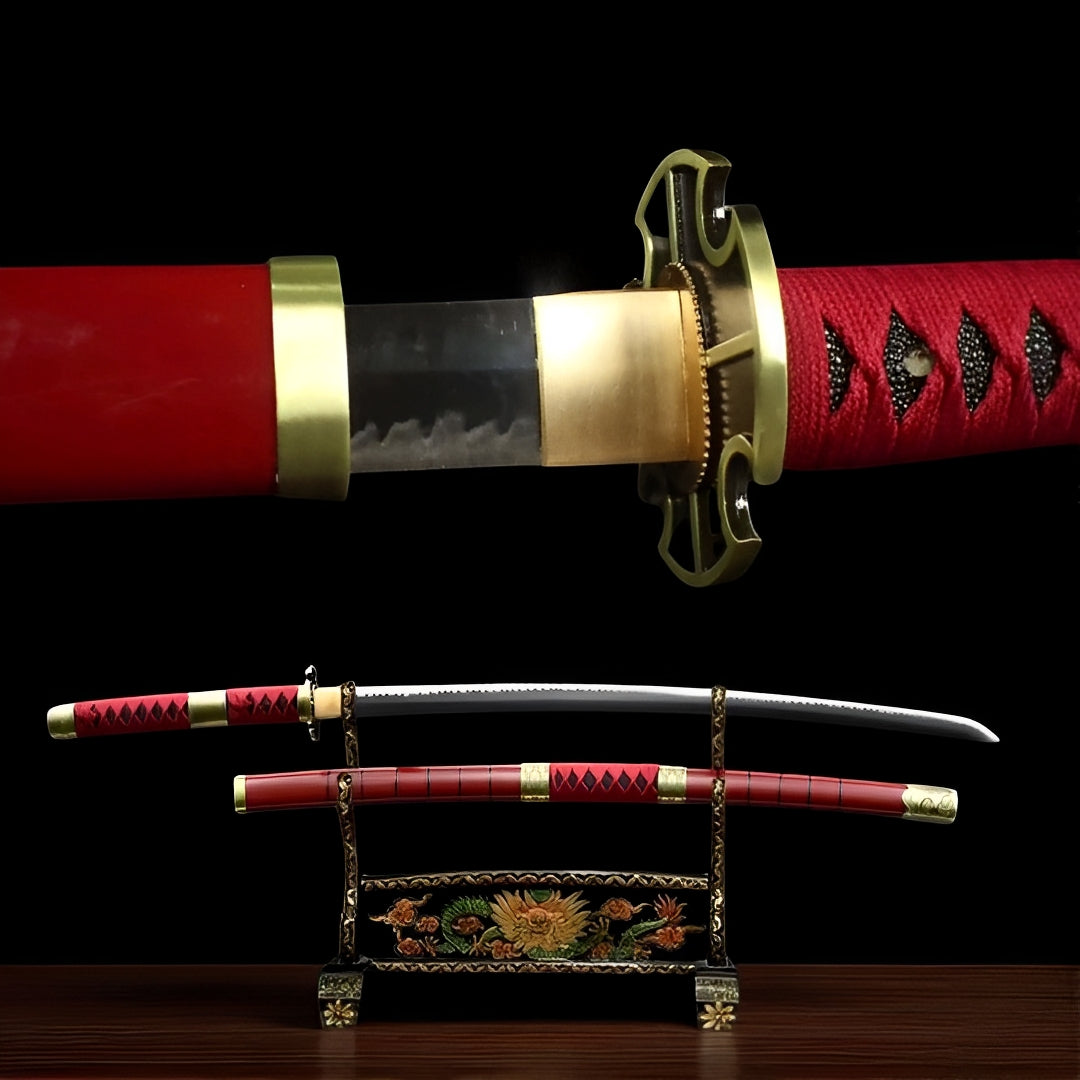
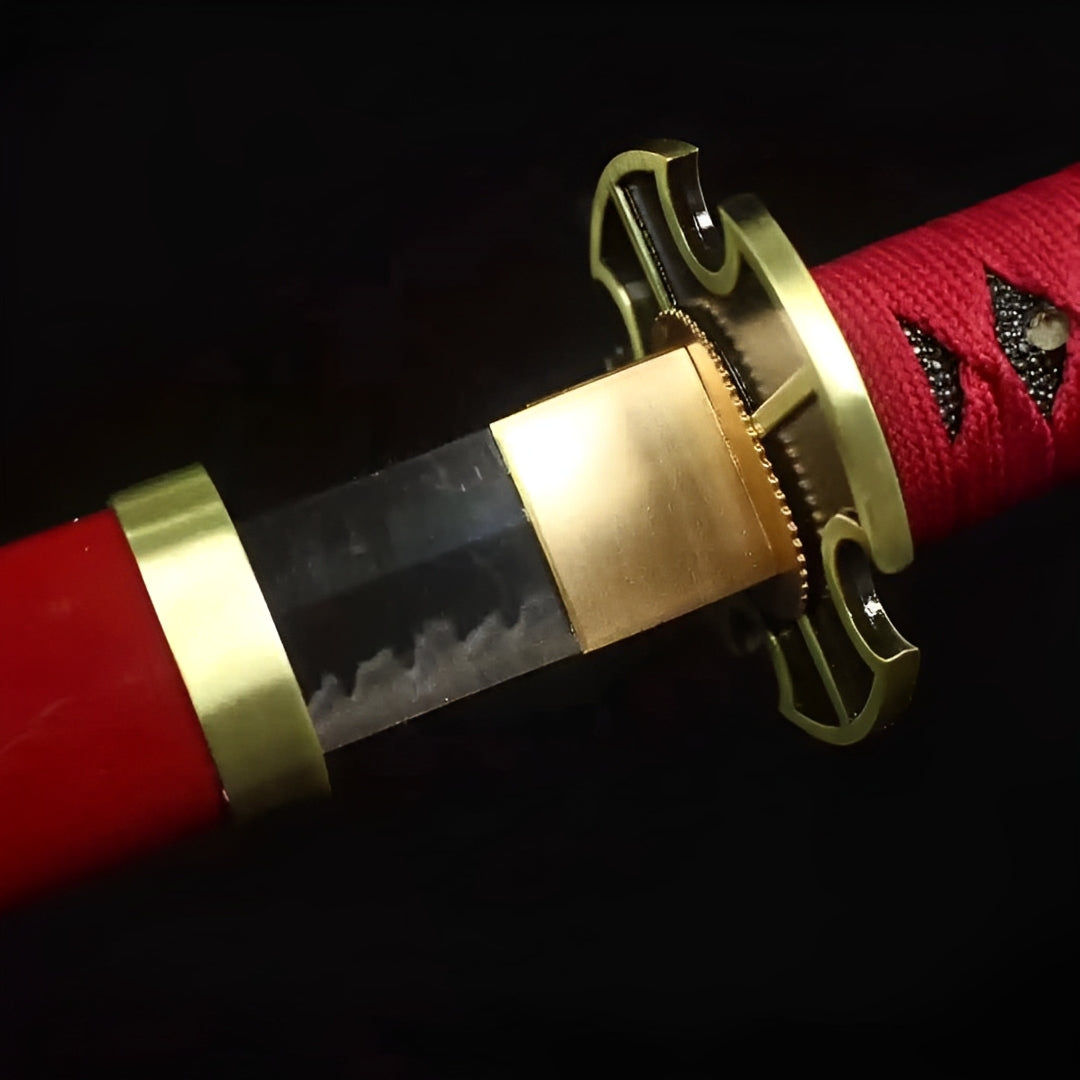
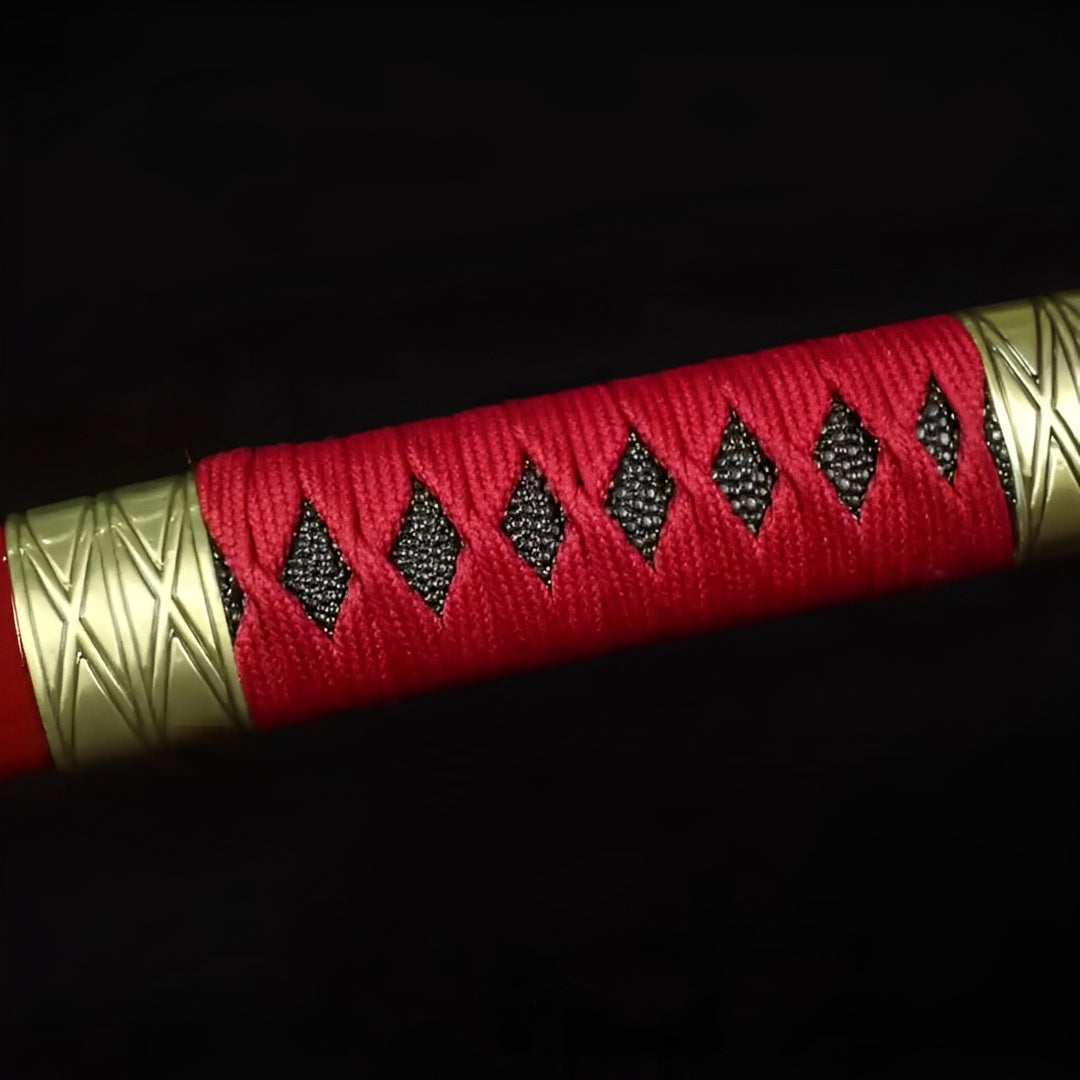
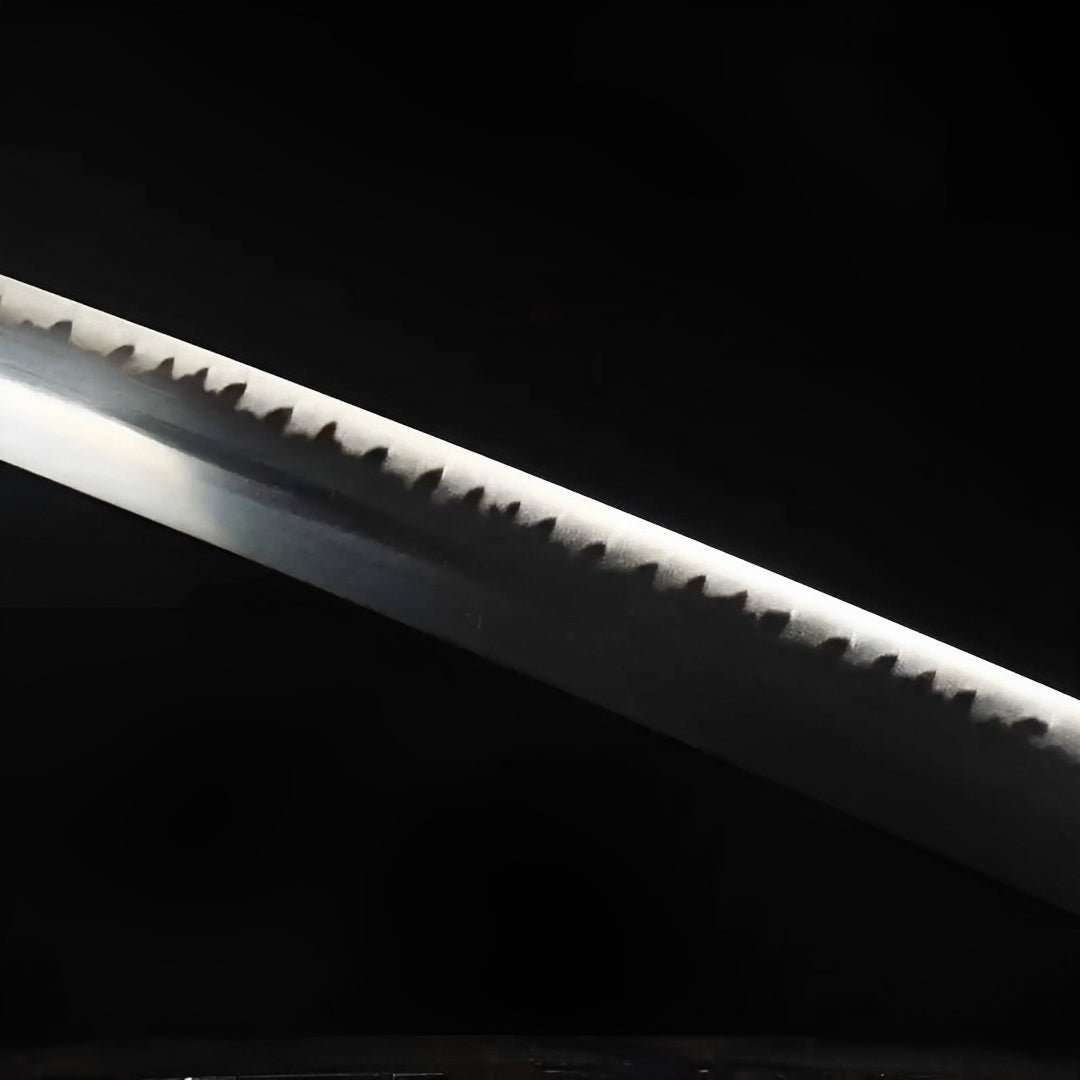
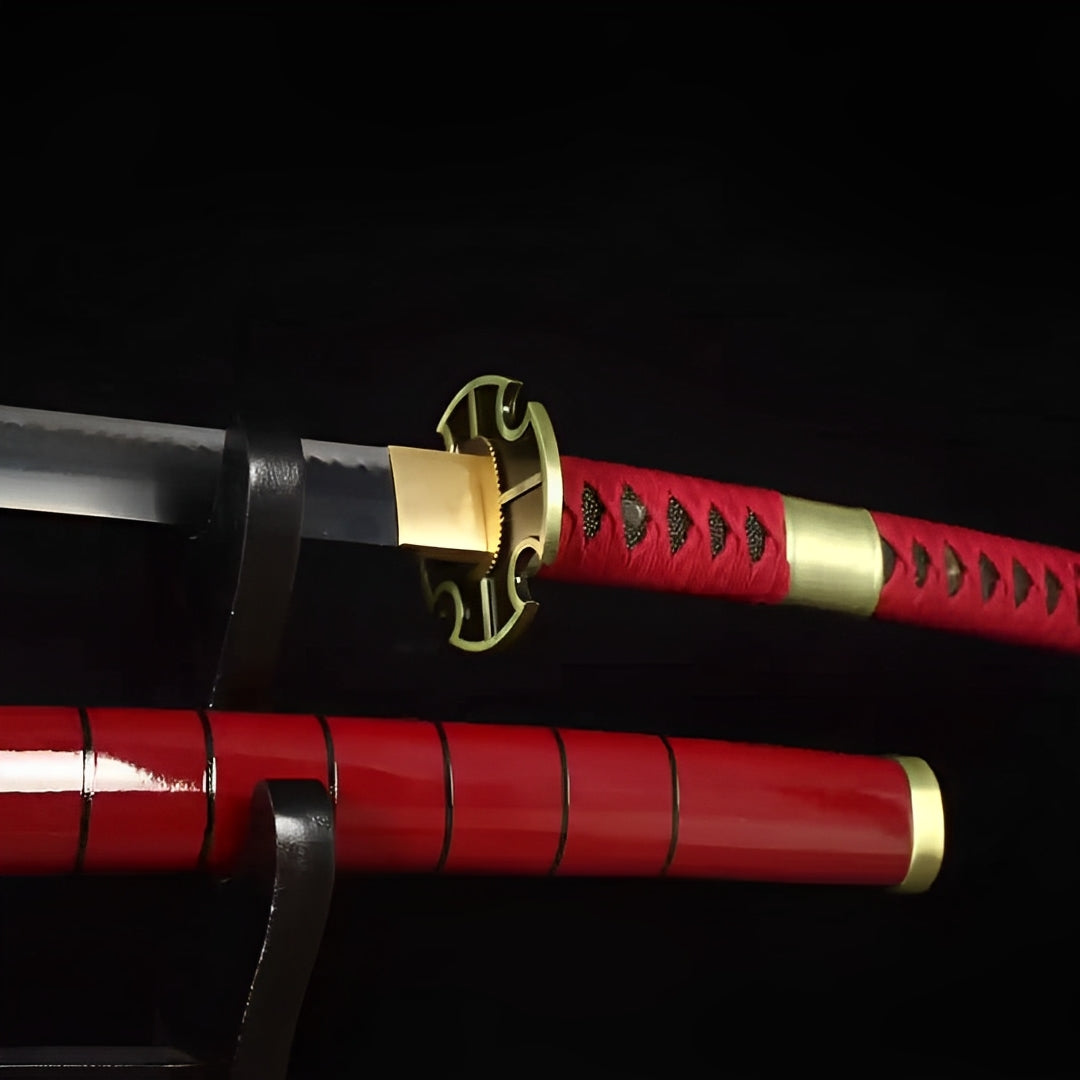
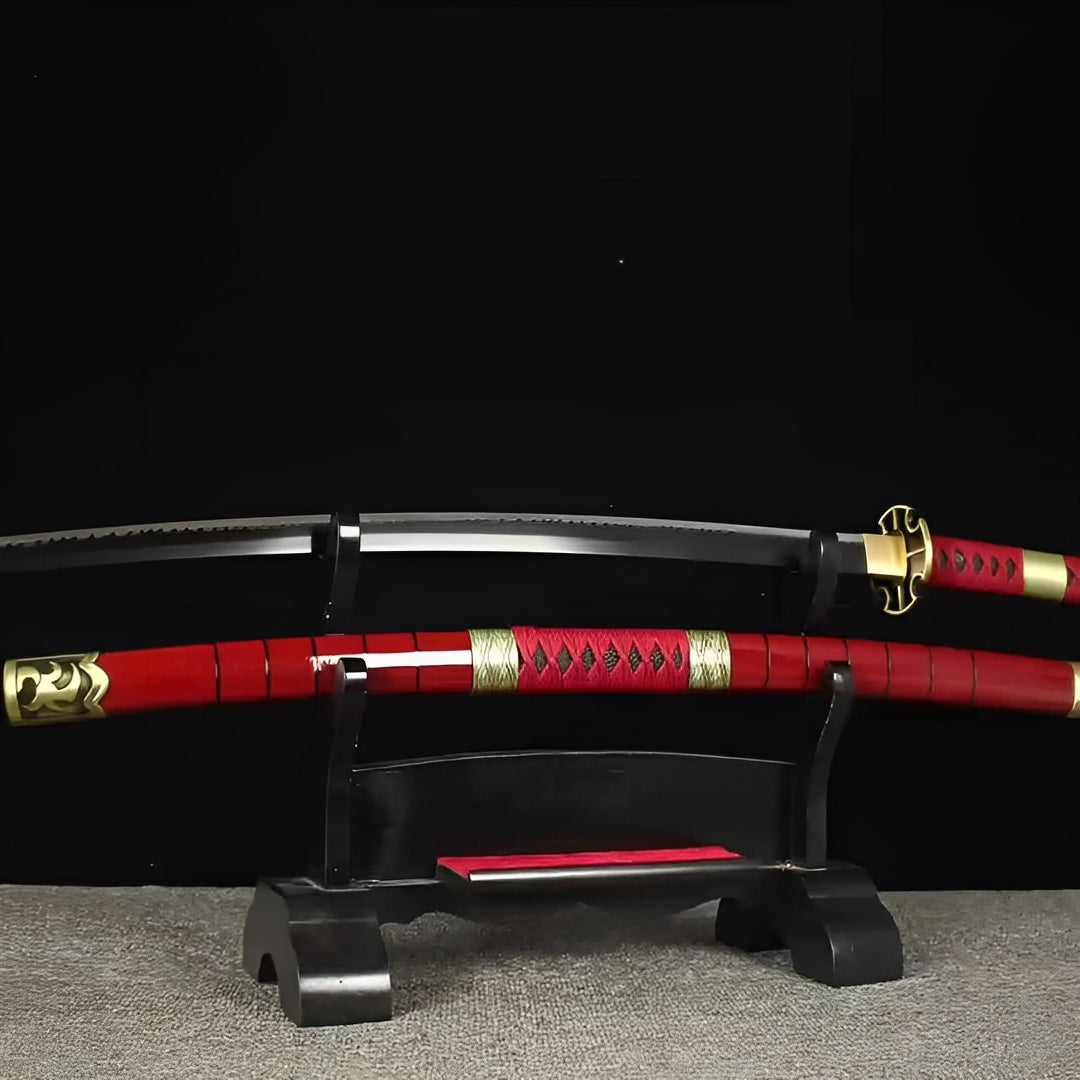
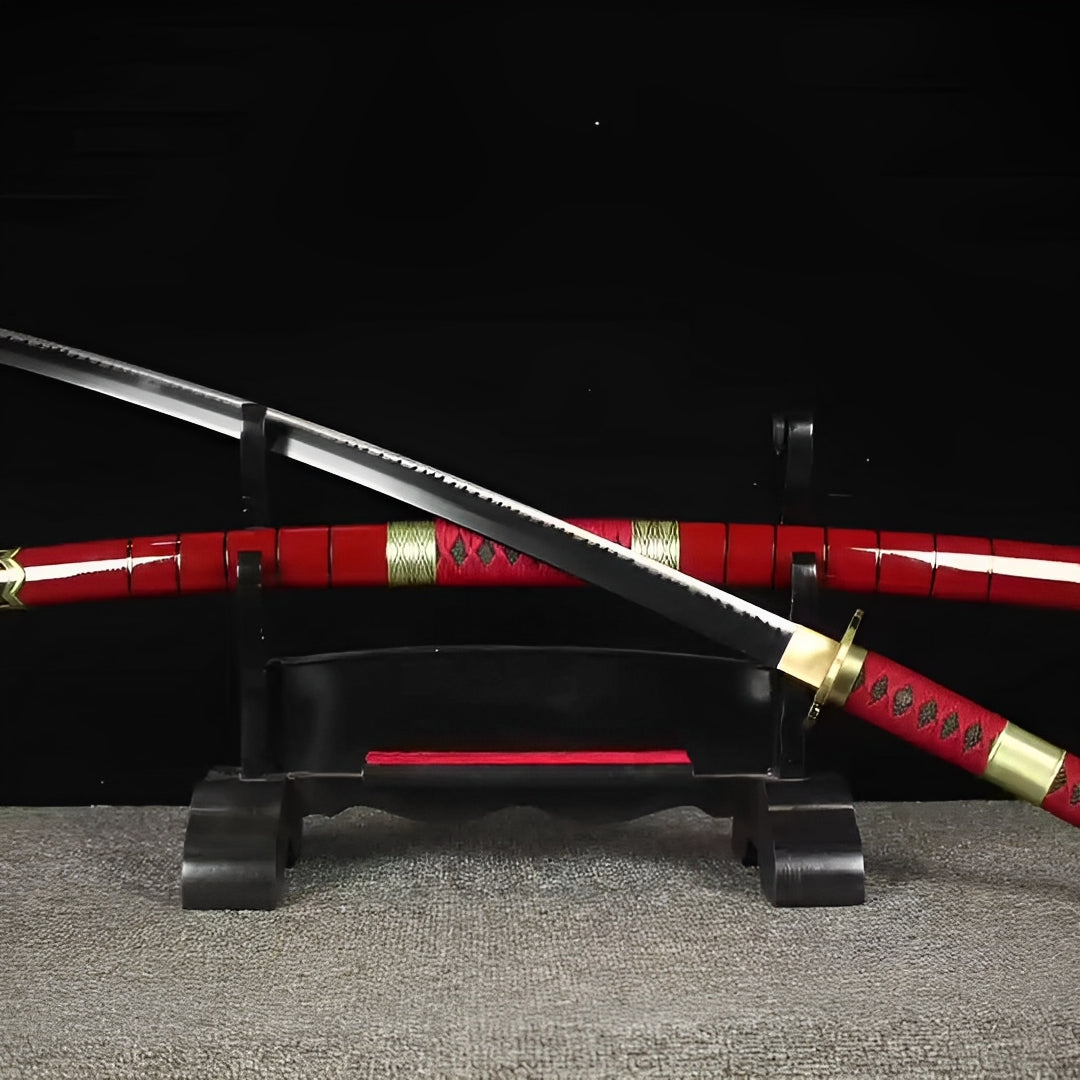
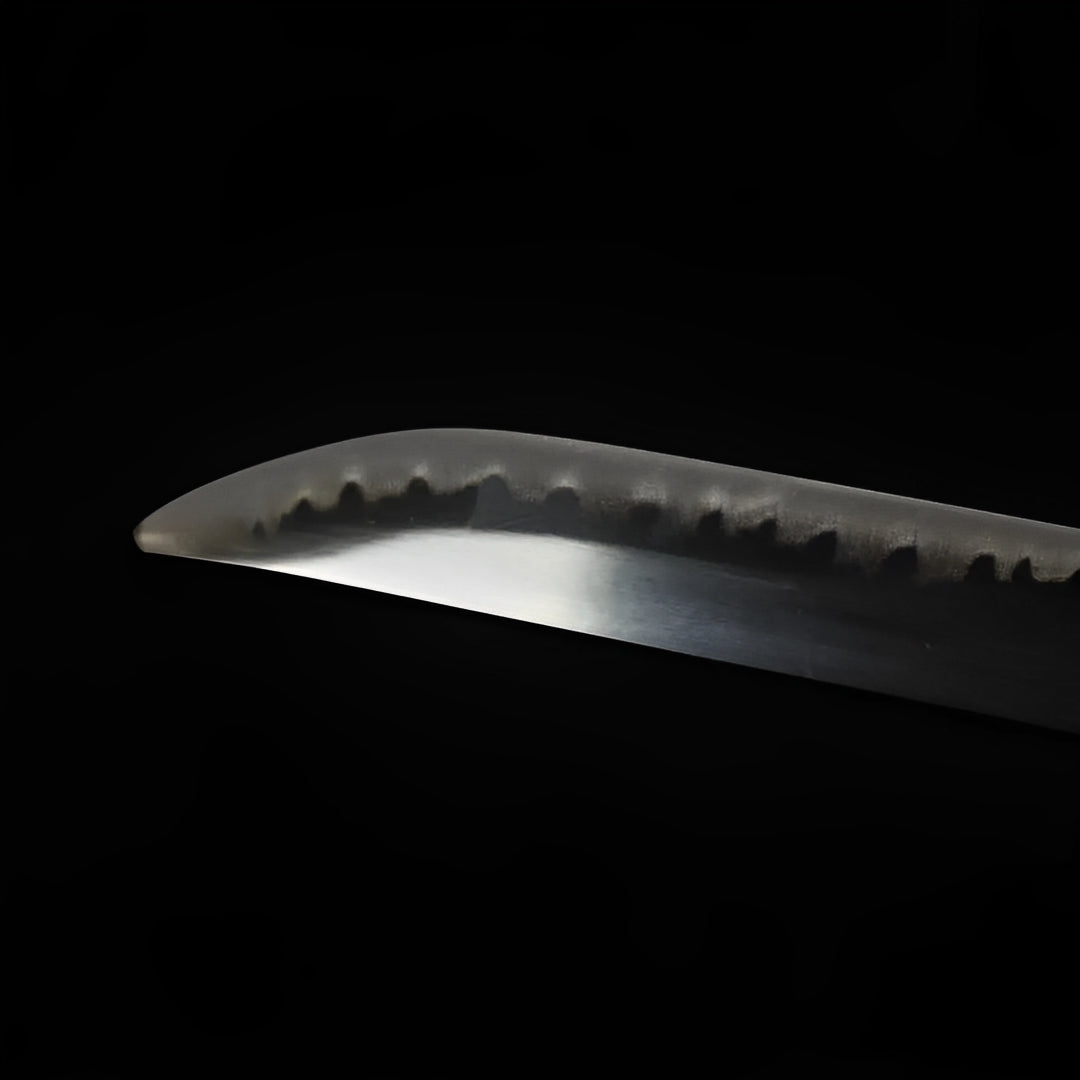
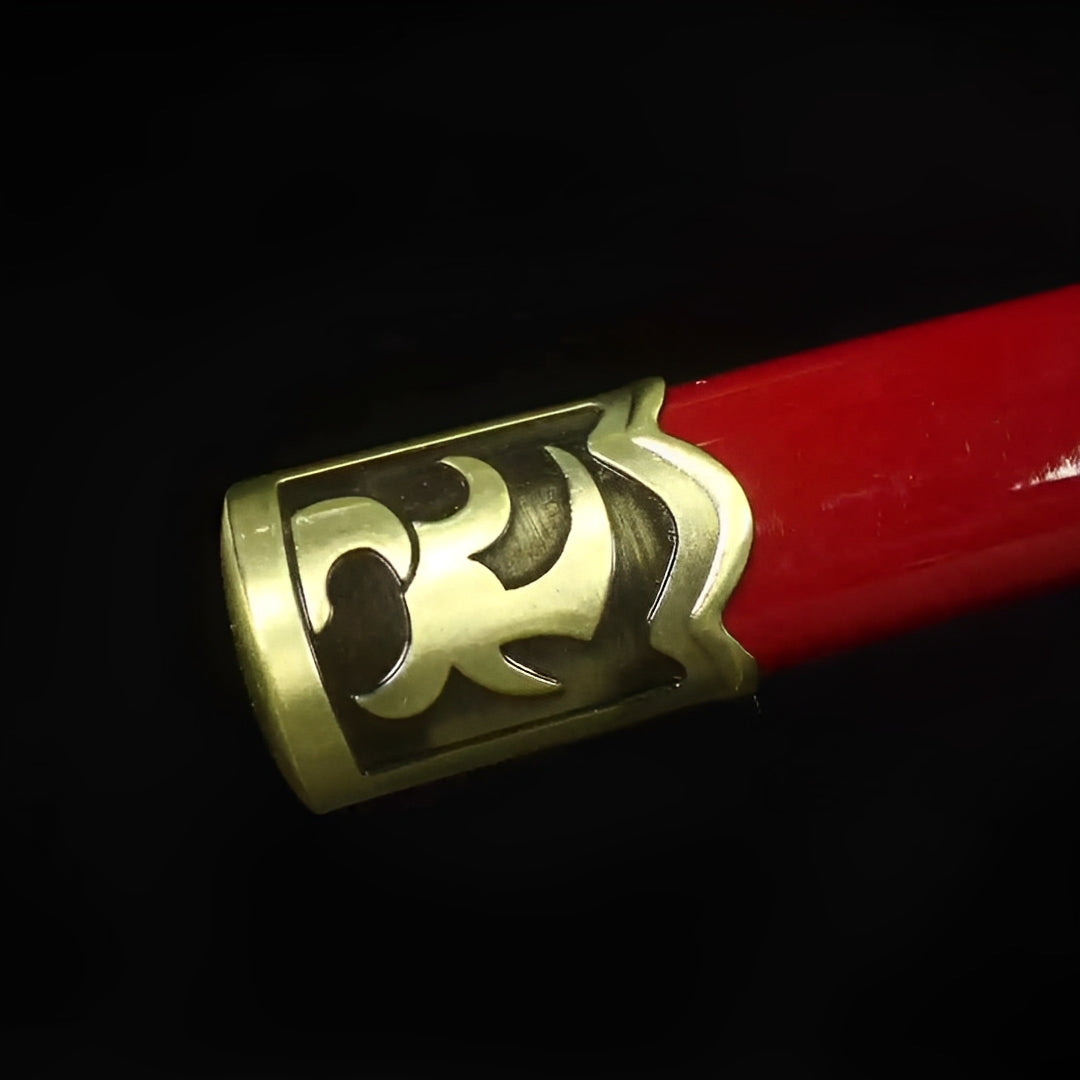
Why choose us
Ships within 48/72h
Forged Blade
Collector Quality
Trusted Globally
Inspired by Japan
Zoro Katana (One Piece) - キケツ
Popular upgrades
Free Shipping over $250
No Bots, No AI
Refund Guaranteed
Free Shipping over $250
No Bots, No AI
Our team is here to help with any questions or concerns.
We’re always happy to assist you — don’t hesitate to reach out.
Why choose us
Ships within 48/72h
Forged Blade
Collector Quality
Trusted Globally
Inspired by Japan

Zoro Katana (One Piece) - キケツ
Specifications
- Handmade
- SHARP
- Blade: 1060 Carbon Steel
- SAGEO & ITO in Cotton
- Synthetic Rayskin
- Full Tang
- Iron Tsuba
- Total size: 105cm / 41 (in)
- Blade size: 72cm / 28 (in)
- Blade width: 3,2cm / 1.2 (in)
- Blade thickness: 0,7cm / 0.27 (in)
- Handle size: 30cm / 11.8 (in)
Zoro Katana - Three-Sword Style Legacy Blade
Carve your legend with Zoro's Katana, crimson testament to the demon who wields three blades simultaneously. This fierce One Piece sword embodies Roronoa Zoro's relentless spirit - blood-red saya announcing presence before steel even leaves scabbard, golden fittings suggesting pirate treasure earned through thousand battles, black diamonds marking the path of carnage defining greatest swordsman's journey. Not weapon of technique alone but physical manifestation of determination so absolute it defies logic, the blade asking simple question: how badly do you want your dream?
Santoryu Demon Philosophy
What makes Zoro legendary isn't just skill but audacity creating entire fighting style requiring three swords - two in hands, one gripped between teeth. The impossibility of this approach doesn't deter him; it defines him. Where others see limitation (humans have two arms), Zoro sees challenge worth mastering. This three-sword blade represents that refuse-limitation mindset.
The Santoryu (Three-Sword Style) didn't exist before Zoro invented it as child competing against Kuina. After she died, he swore becoming so strong that his name would reach heaven itself. That ambition required transcending normal swordsmanship's constraints, literally putting his life where his mouth is each battle - one blade between teeth means if timing fails, he cuts his own face.
This demon swordsman katana channels that ferocious commitment. Zoro's epithet "Pirate Hunter" evolved into "Demon" as his reputation grew. Opponents facing him realize too late they're not fighting skilled human but monster whose determination borders on supernatural. The red coloration captures that demonic intensity - this isn't gentle warrior's blade but predator's fang.
Unlike Luffy who becomes Pirate King through charisma or Sanji who fights for chivalry, Zoro's motivation remains brutally simple: be strongest. No complex philosophy, no nuanced morality - just pure competitive drive pushing him beyond human limits. The katana embodies that directness through aggressive aesthetic refusing subtlety.
Collectors recognize this as essential Zoro piece representing his overall character rather than specific named sword. While Wado, Shusui, and Enma each tell individual stories, this crimson blade captures Zoro's essence - the bloodthirsty determination, the demonic reputation, the simple dream pursued with complex dedication.
Blood-Red Aggression
The scarlet saya creates immediate psychological impact - this color doesn't whisper, it screams. Red represents aggression, danger, bloodshed, the primal violence Zoro unleashes when protecting crew or pursuing his dream. Unlike Wado's pure white or Enma's regal purple, this aggressive katana announces itself as weapon first, last, and always.
The vivid crimson specifically evokes blood - gallons spilled during Zoro's journey from East Blue rookie to commander of Yonko crew. His body bears scars from countless battles (the massive chest scar from Mihawk, eye lost during time-skip), each mark testament to training pushing beyond injury, fighting through pain others would consider debilitating.
Traditional Japanese aesthetics often avoided bright red for weapons, preferring subdued earth tones suggesting restraint and discipline. Zoro's red blade therefore marks him as outsider - pirate rather than samurai, demon rather than disciplined warrior, someone who'd bite sword between teeth because conventional methods prove insufficient for his ambitions.
The glossy finish creates blood-like sheen, the surface appearing wet and fresh rather than dried and old. This suggests active rather than past violence, wounds still bleeding rather than healed scars. The blade remains dangerous, hungry, never fully satisfied with victories already achieved.
Modern photography loves this red. Convention shots, collection displays, social media posts - the color pops dramatically regardless of lighting conditions. Unlike subtle gradients requiring specific illumination, this crimson announces itself under any circumstances, ensuring Zoro's blade dominates visual hierarchy in mixed collections.
Golden Demon Authority
The brass tsuba features elaborate design possibly depicting demons, flames, or geometric patterns suggesting supernatural power. The golden finish against blood red creates color combination historically associated with temples, shrines, imperial authority - Zoro claiming that gravitas despite pirate status.
The substantial metalwork demonstrates quality befitting Meito-grade swords Zoro accumulated. Cheap replicas feature thin stamped guards; premium pieces like this showcase proper casting, dimensional depth, finishing that withstands scrutiny. The weight and solidity matter - this guard could actually deflect blades during combat rather than serving pure decoration.
Traditional demon imagery in Japanese art often featured gold accents against red backgrounds - temple guardians, protective deities, fierce aspects of Buddhist figures. Zoro's "demon" epithet therefore connects to that iconographic tradition, positioning him as protective force whose fierceness serves righteous purpose despite terrifying appearance.
The golden hardware throughout - kojiri, kurikata, possibly menuki - maintains color consistency establishing red-and-gold as Zoro's signature palette. This design discipline prevents the aggressive red from becoming overwhelming, the warm metallics providing visual anchors that sophisticated collectors appreciate.
Three-Blade System Integration
While this represents single sword, owning it means engaging with Santoryu philosophy. Zoro doesn't just carry three swords - he integrates them into unified fighting system where each blade serves specific role. The style requires ambidextrous mastery, jaw strength maintaining third blade, and spatial awareness tracking three cutting edges simultaneously.
This Santoryu weapon could theoretically serve any position in his three-sword arrangement. As right-hand blade delivering power strikes, as left-hand sword providing defensive coverage, or as the mouth-held blade executing techniques like his signature Oni Giri (Demon Slash). That versatility makes it essential rather than supplementary.
The system also speaks to Zoro's practical innovation. He didn't invent Santoryu following ancient texts or legendary masters - he developed it through trial, error, and sheer stubbornness. When two swords proved insufficient against stronger opponents, he added third. When jaw strength failed, he trained until maintaining blade became natural. The methodology: identify limitation, refuse accepting it, train until limitation dissolves.
Modern martial artists studying Zoro's techniques recognize certain moves as theoretically possible (if incredibly difficult) while others border on physically impossible. His Ashura technique manifesting nine swords through pure fighting spirit crosses from skill into supernatural territory. The crimson blade suggests that bleeding edge where human capability ends and demonic will takes over.
Pirate Hunter Collection
For Zoro sword collectors, this crimson blade provides essential coverage representing his overall character beyond specific named weapons. Every comprehensive collection needs pieces representing character's essence alongside individual significant items. This serves that function - the platonic ideal of "Zoro's sword" before getting into which specific blade.
The aggressive aesthetic photographs dramatically for cosplay. Zoro remains convention favorite - his instantly recognizable green hair, the swords, the simplicity making him accessible cosplay choice. Quality replica like this elevates costume through professional appearance rather than cheap props undermining excellent wig and clothing work.
Display versatility accommodates the bold coloration. While some colors limit placement options, red works surprisingly universally - dramatic against light backgrounds, moody against dark, commanding in any context. The included ornate stand provides complete presentation package.
Investment considerations favor main character weapons from completed series arcs. As One Piece approaches conclusion after 25+ years, Zoro's journey from bounty hunter to Yonko commander represents complete character evolution. His swords from various arcs document that growth, making comprehensive collection increasingly valuable.
The emotional weight comes from following Zoro's journey - the training with Mihawk, the "nothing happened" moment taking all of Luffy's pain, the battles proving worthiness of each legendary blade, the unwavering loyalty despite being crew's most independent member. The sword connects to those defining moments.
Care Instructions: Wipe the blood-red saya carefully - this aggressive color demands maintenance matching its intensity. Polish golden fittings preserving their demonic authority. Handle with Zoro's characteristic directness - no hesitation, no doubt, pure commitment. Display prominently where it reminds you that dreams requiring three swords beat dreams requiring only two, that impossibility just means no one succeeded yet, that calling yourself demon and backing it up through action transforms reputation into reality.
Three swords. One dream. Zero compromise. This is the demon's path.
Legal Disclaimer
By purchasing from Katana Corp, you acknowledge and agree that:
- You are at least 18 years of age (or the age of majority in your jurisdiction).
- You are solely responsible for verifying and complying with all local laws and import regulations before placing an order.
- Some countries prohibit the importation of swords entirely. Katana Corp is not responsible for orders delayed, seized, or refused by customs authorities.
- All katanas and related products are sold strictly as decorative and display items. They are not intended or certified for combat use.
- Depending on the jurisdiction, swords may legally be considered bladed weapons, subject to specific restrictions or prohibitions.
- Katana Corp disclaims all liability for any injury, damage, or legal consequences resulting from misuse, abuse, or unlawful use of its products.
For full details, please refer to our Terms of Service.
Care & Maintenance
To maintain your katana's appearance and performance over time, we recommend:
- Regularly wiping the blade with a soft cloth to remove fingerprints and moisture.
- Applying a light coat of choji oil to prevent rust (for carbon steel blades).
- Storing the sword in a dry place, preferably inside its saya.
- Avoiding direct contact with hard surfaces to preserve sharpness and finish.
For more care tips, check our full maintenance guide in the FAQ section.
Behind the Blade
Every katana we offer carries the essence of centuries-old craftsmanship.
More than just a weapon, the katana symbolizes discipline, honor, and mastery.
Our artisans draw inspiration from traditional forging methods to ensure each blade reflects the spirit of the samurai — strength, precision, and soul.
Owning one is not just about aesthetics — it’s about carrying a piece of that legacy.
User Experience
This katana is designed to offer a perfect balance between blade and handle.
Its ergonomic tsuka (handle) allows a secure two-handed grip, while the weight distribution ensures smooth, fluid movement.
Whether for training, display or cutting practice, handling feels natural and precise.
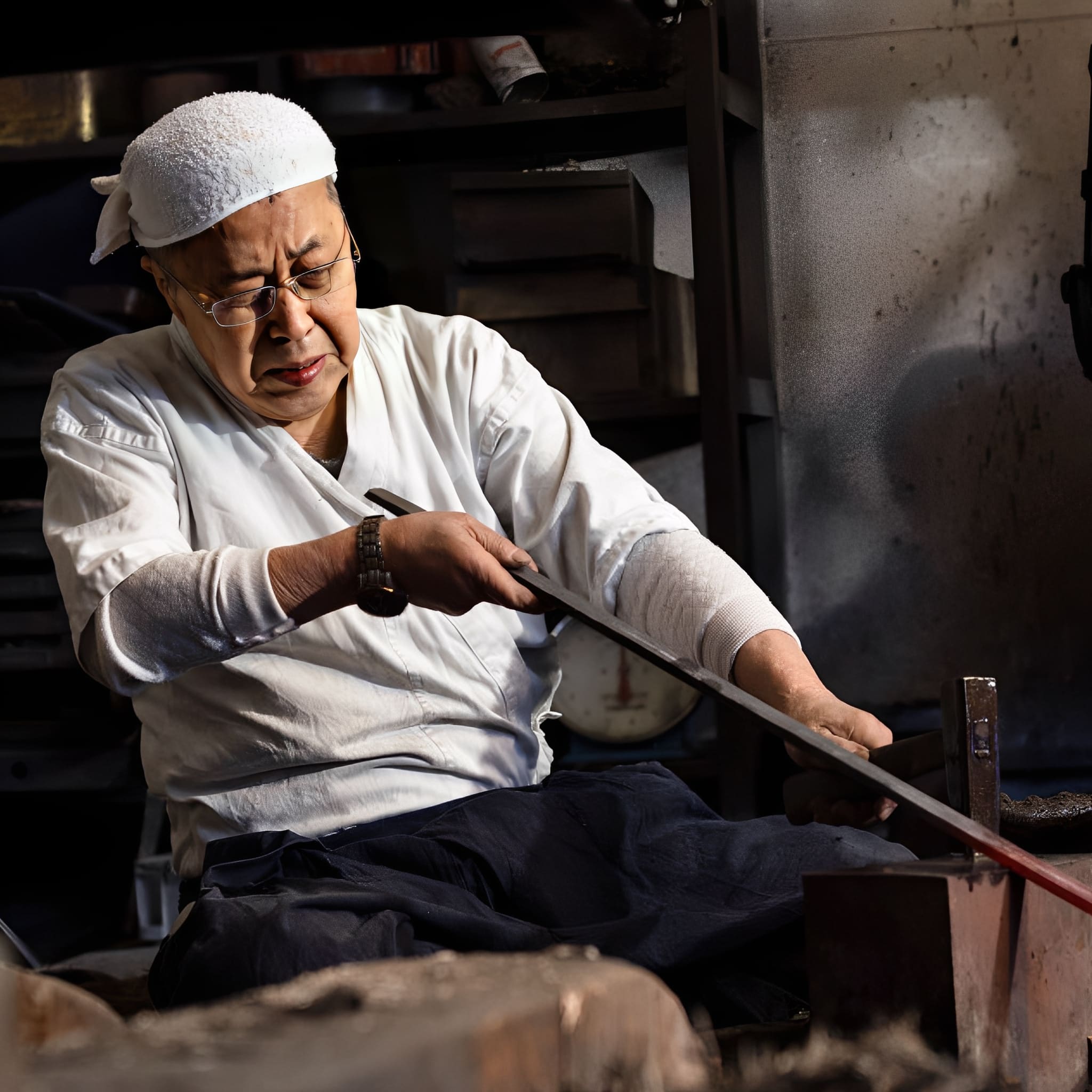
The Art of Traditional Forging
Each katana we craft is born from centuries of samurai tradition.
Our master smiths shape every blade by hand, folding the steel to achieve unmatched strength, flexibility, and beauty.
This time-honored process is not just about creating a weapon? it’s about preserving a legacy of discipline, honor, and artistry.
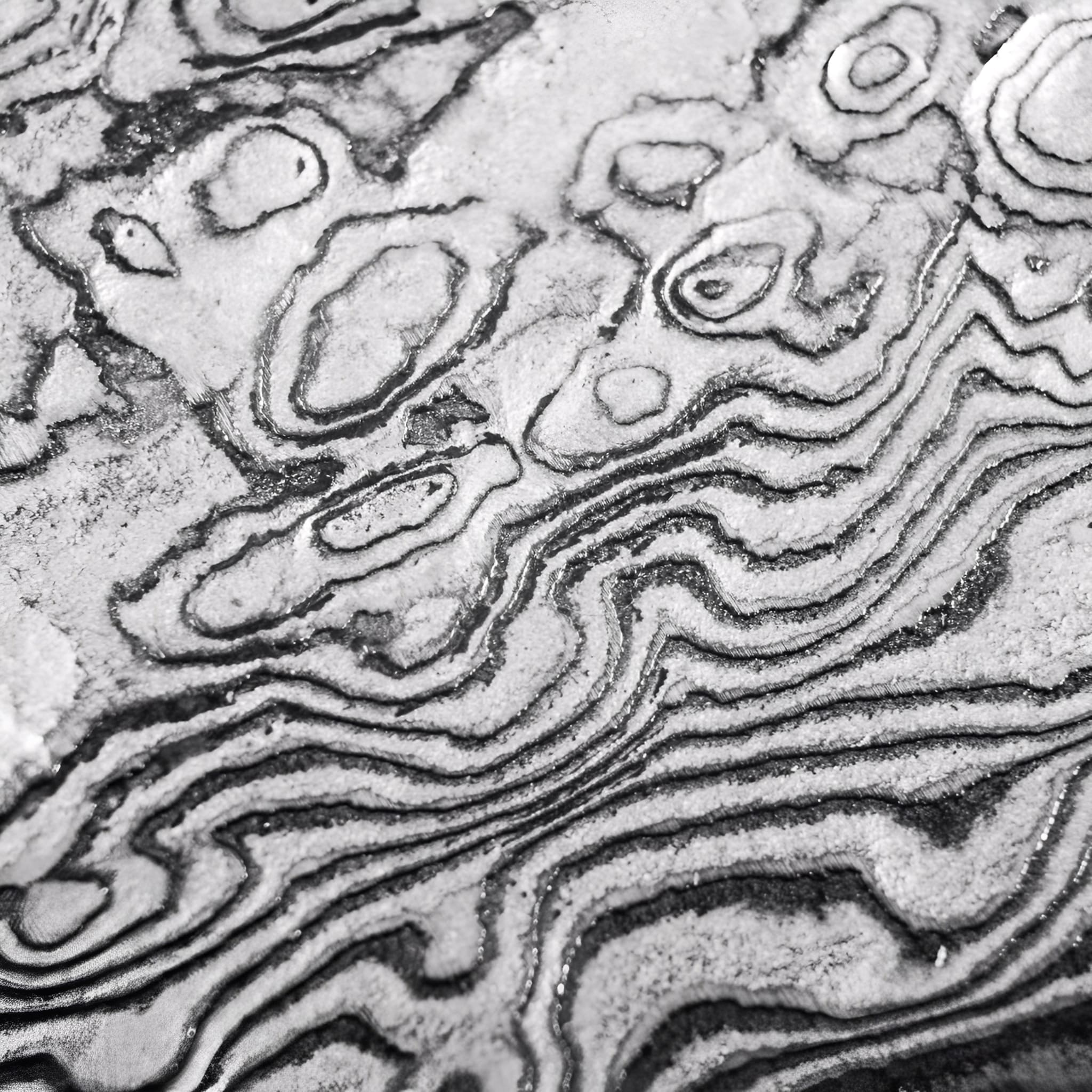
Materials Chosen Without Compromise
We select only the highest-grade steels and authentic fittings to ensure every katana is both a masterpiece and a reliable companion.
From the flawless hamon line to the perfectly balanced tang, each detail is carefully inspected to meet the highest standards of performance and aesthetics.
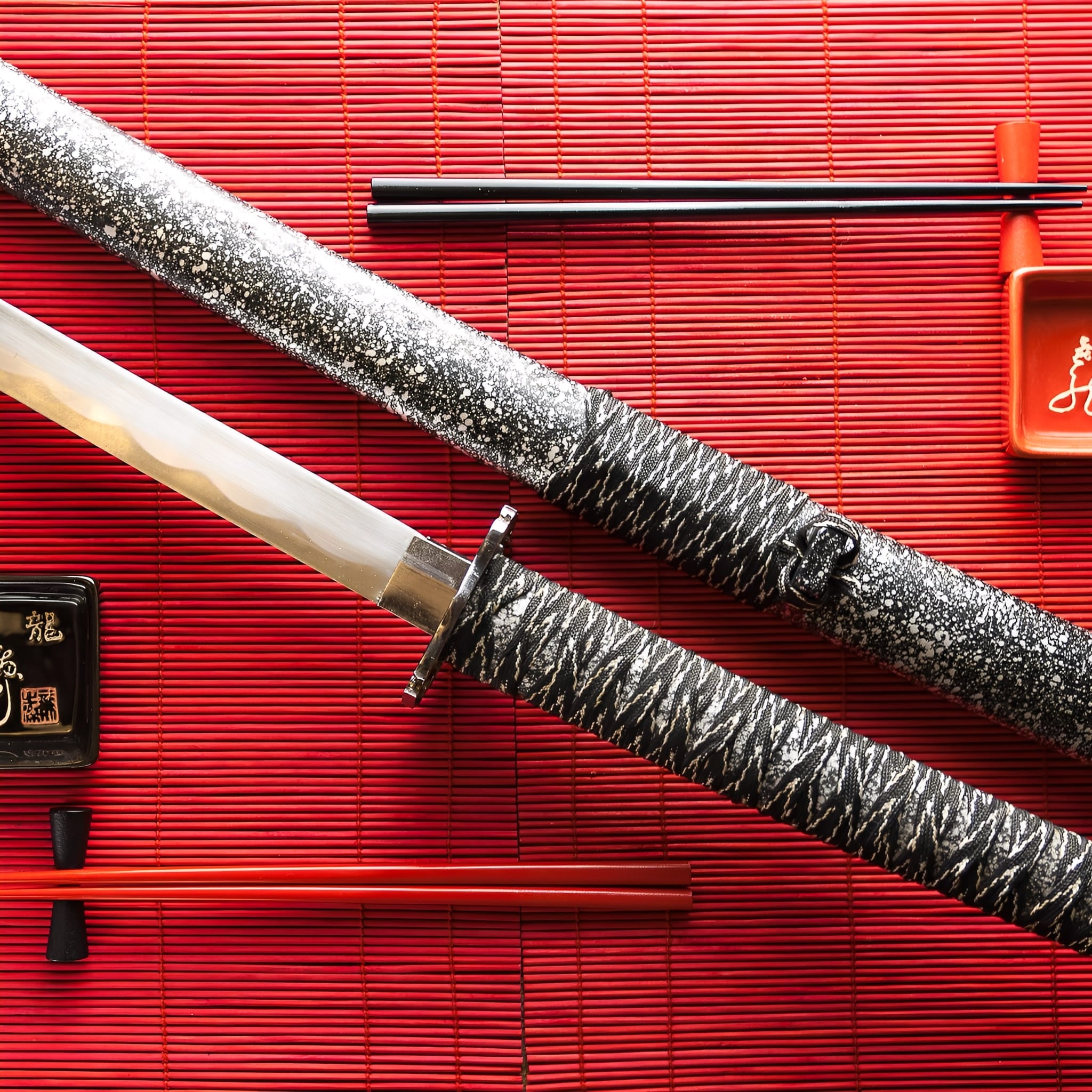
More Than a Sword, A Lifelong Legacy
Owning a handmade katana is an experience that goes beyond the blade itself. It’s holding history, tradition, and craftsmanship in your hands.
Whether displayed as a work of art or wielded with precision, your katana will stand as a symbol of timeless skill and dedication for generations to come.
-
Key Destinations
United States: 5–7 days
Canada: 5–7 days
Australia: 6–9 days
Denmark: 4–6 days
Netherlands: 3–5 days
Sweden: 4–6 days
Switzerland: 3–5 days
Finland: 5–7 days
Singapore: 6–8 days -
Central European Partners
France: 2–3 days
Germany: 3–5 days
Spain: 4–6 days
Italy: 4–6 days
Belgium: 3–5 days
Austria: 4–6 days
Ireland: 4–6 days
Poland: 4–6 days
Portugal: 4–6 days -
Extended EU Network
Czechia: 4–6 days
Hungary: 4–6 days
Slovakia: 4–6 days
Slovenia: 5–7 days
Romania: 5–7 days
Bulgaria: 5–7 days
Croatia: 5–7 days
Serbia: 5–7 days
Estonia: 5–7 days
Latvia: 5–7 days
Lithuania: 5–7 days
Luxembourg: 3–5 days
Greece: 5–8 days -
FAQ’s
Visit our FAQs page to find answers to common questions.